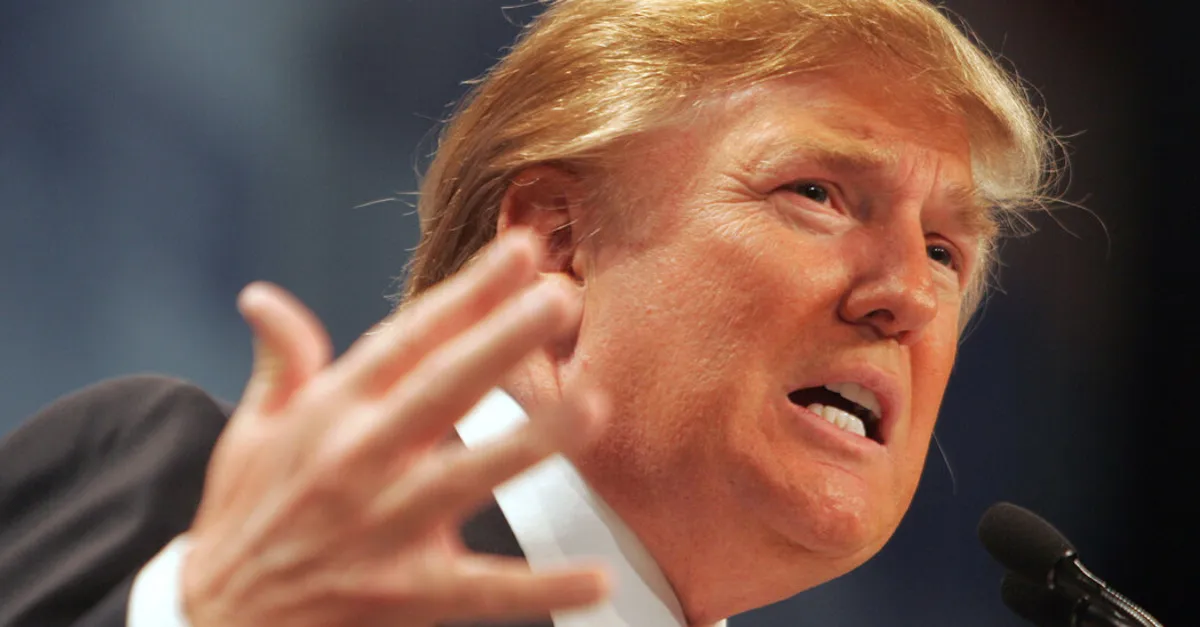
In an extraordinary saga spanning over two decades, Donald Trump has been embroiled in a contentious relationship with Columbia University. The drama began when Trump demanded a staggering $400 million from the prestigious Ivy League institution. When negotiations did not unfold in his favor, he stormed out of a meeting with university trustees, publicly denouncing the university president as “a dummy” and “a total moron.” This incident was not merely a personal spat but a reflection of a larger conflict that has implications for both higher education and academic freedom.
The initial clash between Trump and Columbia centered around a lucrative real estate deal. Interviews with 17 real estate investors and former university administrators reveal that the property transaction was pivotal. Trump, along with foreign investors, sought to capitalize on valuable land adjacent to Columbia's campus. However, Lee C. Bollinger, who was the president of Columbia at the time, decided against pursuing the Trump property. Instead, he opted for a more ambitious expansion of the university, aiming to create a development that would harmonize with the existing Morningside campus and the Harlem community.
Fast forward to today, and the stakes have escalated significantly. The Trump administration has now demanded that Columbia University relinquish extensive control over its policies and curricular decisions. This move is framed as an effort to combat antisemitism on campus. Additionally, the administration has taken a drastic step by canceling federal grants and contracts valued at $400 million, further intensifying the conflict between Trump and Columbia.
The roots of this ongoing conflict can be traced back to the late 1990s when Columbia University faced a pressing need for more space. As one of the most congested and expensive cities in the world, New York posed significant challenges for the university. The federal government was significantly increasing funding for the National Institutes of Health, which put pressure on Columbia to secure its share of research grants. The university recognized that to attract more scientists and labs, it needed to expand its physical footprint.
As this clash continues, the future of higher education and academic freedom remains precarious. The outcomes of these disputes could set a precedent for how universities operate and interact with government entities. With Trump and Columbia at the center of this high-stakes battle, the implications extend far beyond the walls of the university, potentially influencing educational policies nationwide.
In conclusion, the ongoing saga between Donald Trump and Columbia University is not just about a failed real estate deal—it's a complex story that intertwines personal grievances with larger societal issues that challenge the essence of academic freedom and the future of higher education.